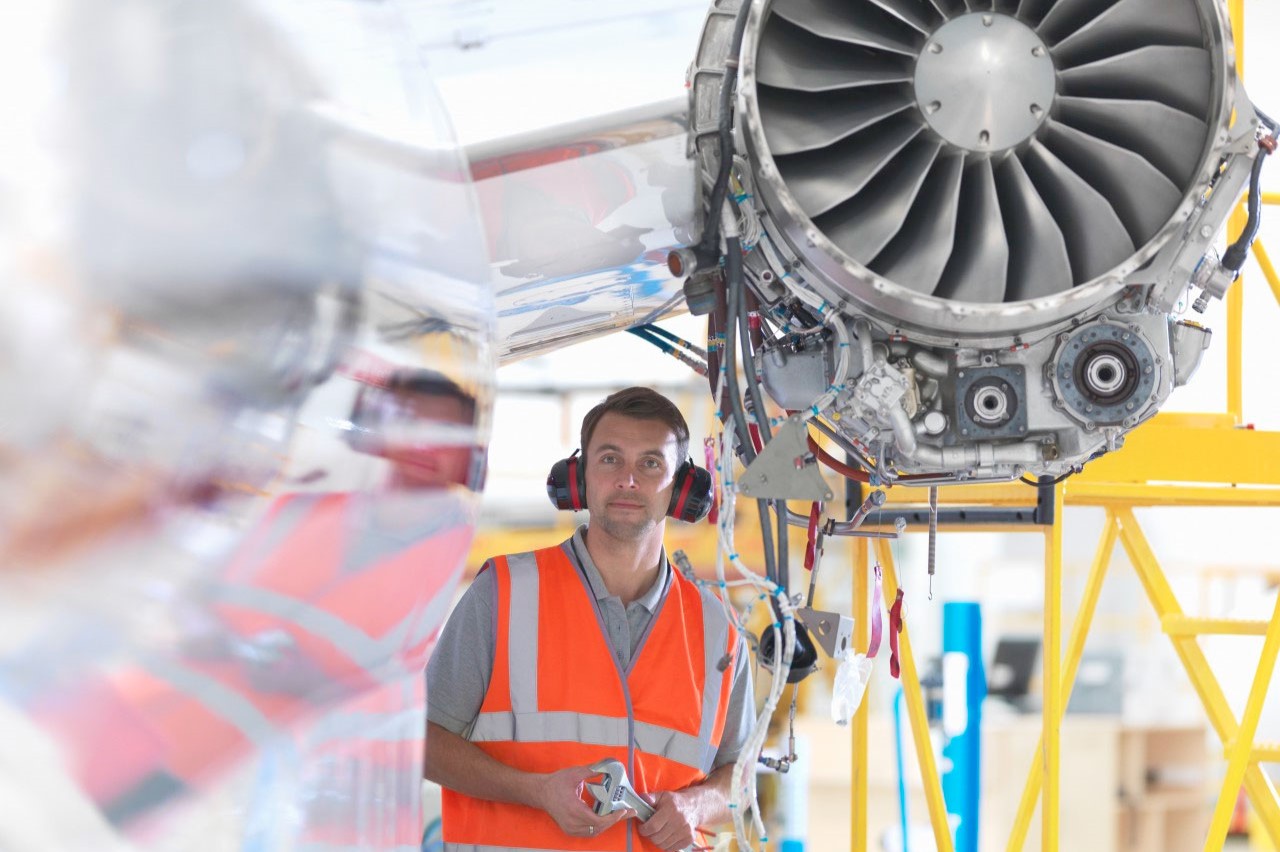
How safe is flying? Many people wonder about aviation safety, especially with so many flights happening daily. Aviation safety reporting plays a crucial role in keeping air travel secure. Pilots, air traffic controllers, and maintenance crews all contribute to these reports. They help identify potential hazards before they become serious problems. Did you know that these reports have led to significant improvements in aircraft design and airport operations? By understanding the importance of aviation safety reporting, passengers can feel more confident about their journeys. Let's dive into 20 fascinating facts that highlight the importance and impact of these reports on the aviation industry.
Key Takeaways:
- Aviation safety reporting is crucial for making air travel safer. It involves pilots, crew members, and others reporting incidents to improve overall safety standards. This helps prevent accidents and ensures a safer flying experience for everyone.
- Reports from aviation personnel help identify trends, trigger investigations, and lead to safety recommendations and policy changes. This continuous improvement process ensures that the aviation industry learns from past incidents and makes flying safer for everyone.
What is Aviation Safety Reporting?
Aviation safety reporting is a system where pilots, crew members, and other aviation professionals report safety-related incidents. This helps improve the overall safety of air travel. Let's explore some fascinating facts about this crucial system.
-
Mandatory Reporting: Many countries require mandatory reporting of certain incidents. This ensures that critical safety information is shared and addressed promptly.
-
Voluntary Reporting: Besides mandatory reports, voluntary reporting systems exist. These allow aviation personnel to report issues without fear of punishment, encouraging more comprehensive data collection.
-
Anonymous Reporting: Some systems allow anonymous reporting. This helps gather honest feedback from individuals who might otherwise hesitate to report.
-
ASRS: The Aviation Safety Reporting System (ASRS) in the U.S. is one of the most well-known voluntary reporting systems. Managed by NASA, it collects, analyzes, and responds to safety reports.
-
Global Reach: Aviation safety reporting isn't limited to one country. International organizations like ICAO promote global safety reporting standards.
How Does Reporting Improve Safety?
Safety reporting helps identify trends and potential hazards before they lead to accidents. Here's how it makes flying safer.
-
Data Analysis: Reports are analyzed to find patterns. This helps identify recurring issues that need addressing.
-
Safety Recommendations: Based on reports, safety recommendations are made. These can lead to changes in procedures, training, or equipment.
-
Incident Investigation: Reports often trigger investigations. These investigations can uncover root causes and prevent future incidents.
-
Training Programs: Data from reports is used to develop training programs. This ensures that aviation personnel are well-prepared to handle various situations.
-
Policy Changes: Sometimes, reports lead to changes in aviation policies. This can improve overall safety standards.
Who Can Submit Reports?
Various individuals within the aviation industry can submit safety reports. Here's a look at who contributes to this vital system.
-
Pilots: Pilots are often the primary reporters. They have firsthand experience with many safety-related incidents.
-
Flight Attendants: Flight attendants also play a crucial role. They report issues related to cabin safety and passenger behavior.
-
Air Traffic Controllers: Controllers report incidents involving air traffic management. Their reports help improve communication and coordination.
-
Maintenance Personnel: Those who maintain aircraft report mechanical issues. Their insights are vital for preventing technical failures.
-
Passengers: In some systems, passengers can also report safety concerns. This broadens the scope of data collected.
What Happens After a Report is Submitted?
Once a report is submitted, several steps are taken to ensure the information is used effectively.
-
Initial Review: Reports are initially reviewed to determine their validity and urgency.
-
Data Entry: Valid reports are entered into a database. This allows for easy access and analysis.
-
Follow-Up: Some reports require follow-up actions. This could involve contacting the reporter for more information or initiating an investigation.
-
Feedback: Reporters often receive feedback. This helps them understand the impact of their report and encourages future reporting.
-
Continuous Improvement: The ultimate goal of safety reporting is continuous improvement. By learning from past incidents, the aviation industry can make flying safer for everyone.
Final Thoughts on Aviation Safety Reporting
Aviation safety reporting plays a crucial role in keeping our skies safe. By understanding the importance of incident reports, pilot feedback, and data analysis, we can appreciate how these elements work together to prevent accidents. Transparency and communication among airlines, pilots, and regulatory bodies ensure that potential hazards are identified and addressed promptly.
Technological advancements have also improved the efficiency and accuracy of safety reporting systems. With real-time data collection and analysis, the aviation industry can respond to issues faster than ever before.
Ultimately, the commitment to continuous improvement in safety protocols and reporting mechanisms helps maintain high standards in aviation. This dedication not only protects passengers but also fosters trust in air travel. So next time you board a plane, remember the extensive efforts behind the scenes to ensure your journey is as safe as possible.
Frequently Asked Questions
Was this page helpful?
Our commitment to delivering trustworthy and engaging content is at the heart of what we do. Each fact on our site is contributed by real users like you, bringing a wealth of diverse insights and information. To ensure the highest standards of accuracy and reliability, our dedicated editors meticulously review each submission. This process guarantees that the facts we share are not only fascinating but also credible. Trust in our commitment to quality and authenticity as you explore and learn with us.


